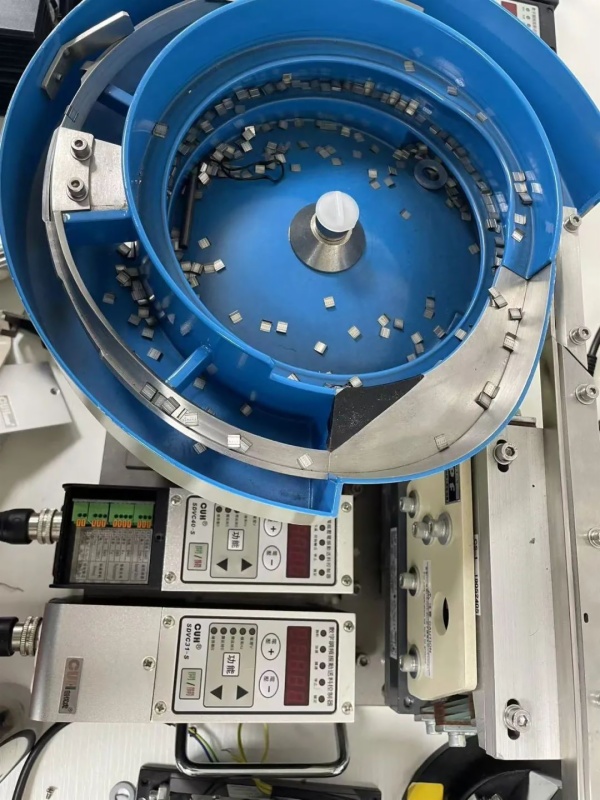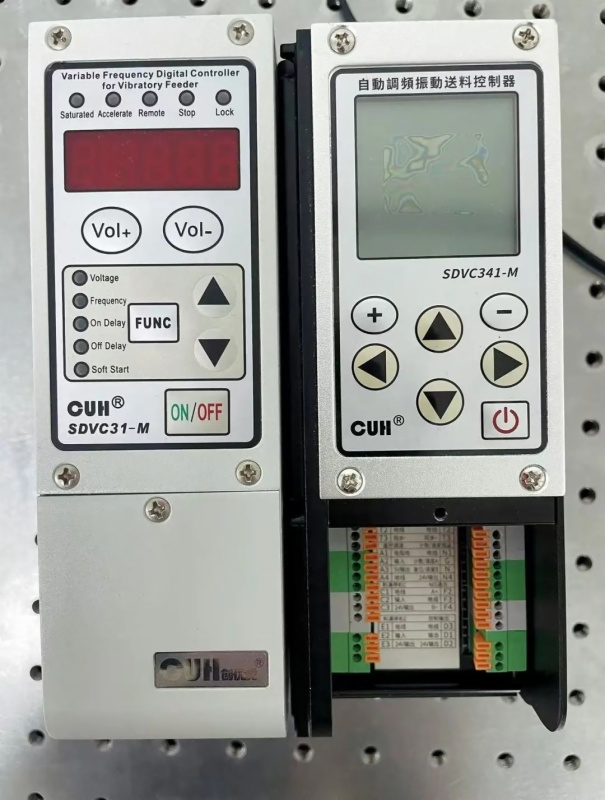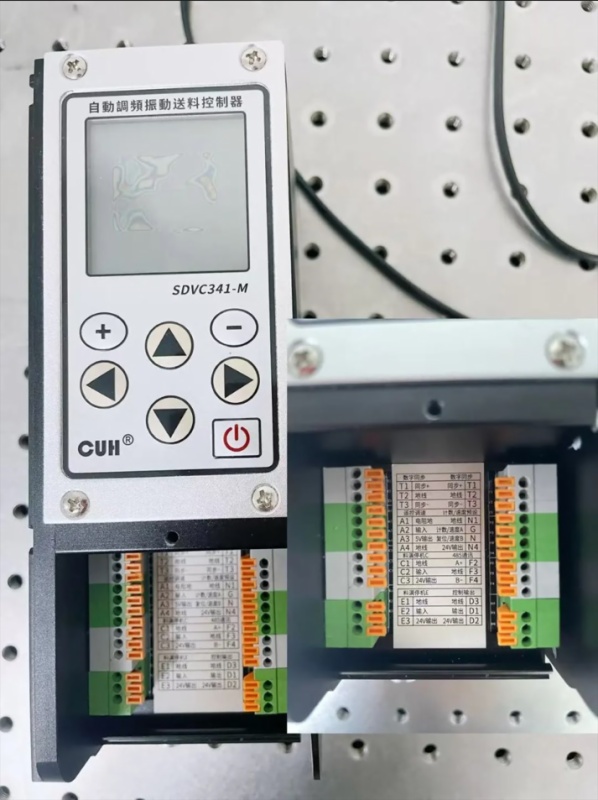Product 30 Questions: Cured the
Our backstage receives a large number of private messages every day, asking questions about various vibratory bowl feeders and feeding controllers. Therefore, we decided to open a column called "30 Questions about vibratory feeder controllers" to answer common problems encountered when feeding, such as product selection, usage problems, and operation demonstrations.

Today is our first question: "How to choose a suitable feeding controller for the vibratory bowl feeders?" This question comes from the boss of the packaging industry in Tianjin. The boss took us to the warehouse, where there were about five or six different vibratory feeder controllers and materials on the table. "There are so many brands and models on the market, I don't know which one is the most suitable for us." The boss looked at the product features and technical parameters of different controllers and was confused before. Later, I heard that our after-sales service and guarantee are well-known in the industry. Their boss believes that only if the quality is good enough can we dare to make such a service commitment, so they will purchase from us every year. However, choosing a suitable controller is very important for feeding automation. Different types of vibratory bowl feeders, different material transmissions, and different types of controllers will bring completely different feeding effects. Next, we will teach customers how to choose a suitable controller from 3 points.
01 Look at the frequency modulation method
There are two mainstream frequency modulation methods on the market: one is manual frequency modulation, which provides more precise control for specific processes, and the other is automatic frequency modulation, which is suitable for environments with large dynamic changes. However, more and more vibratory bowl feeders manufacturers have found the shortcomings of manual frequency modulation, such as the frequency modulation time being too long, the amount of material affecting the accuracy of frequency modulation, and the factory environment also causing inaccurate frequency modulation. Therefore, many manufacturers have gradually begun to iterate and use automatic frequency modulation controllers, which not only have short frequency modulation time and high accuracy but also automatically identify material changes in the silo, thereby tracking frequency, providing great convenience for engineers. (Manual frequency modulation on the right and automatic frequency modulation on the left) Therefore, when choosing a feeding controller, you must first look at your own needs and actual usage scenarios, and then choose a manual or automatic frequency modulation controller.

02 Look at the user interface and parameter settings
A friendly and easy-to-understand controller operation interface, including clear status indication, parameter display, and real-time data feedback, helps to improve the debugging efficiency of engineers and reduce the risk of operational errors. Just like our new product SDVC341 this year, its interface has been greatly adjusted on the original basis, and now adopts a modern LCD screen design with a resolution of 128*128, which is especially suitable for novice engineers.
03 Look at scalability and compatibility
A controller with good compatibility can connect different types of sensors (such as NPN, PNP, etc.), and the voltage compatibility can adapt to the voltage in different regions, so that it can be prepared for the equipment to go overseas at any time, and it can be easily handled when exported to all parts of the world. And the rich wiring ports mean having diverse functions. For example: SDVC341 has an analog speed control port and RS485 communication, which can easily adjust the various parameters of the controller remotely. At the same time, the CUHBus-DS® communication technology developed by CUH can easily share the local parameters of a controller to multiple controllers after wiring and networking, which greatly shortens the time for repeated debugging. In addition, the counting port of SDVC341 can accurately record every piece of material passing through the production line, and can automatically stop or continue feeding according to the preset quantity. Choosing a suitable vibratory feeder controller is crucial to ensuring the efficiency, stability, and product quality of the production line. In addition to paying attention to product functions, after-sales service and guarantee are also important reference factors.

As a global leader in the field of vibratory feeding, CUH provides three major commitments to every customer:
01 Industry-exclusive quality commitment:
one repair and two returns within one year. If there is a quality problem with the product purchased within one year, we will not only give you one but also repair the product for free.
02 Service commitment:
112 technical assistance (technical support will be provided within 1 day, problem-solving will be provided within 1 hour, and on-site training will be provided within 2 hours).
03 After-sales commitment:
30-day unconditional return and exchange, the only one in the industry to provide a lifetime product warranty.





